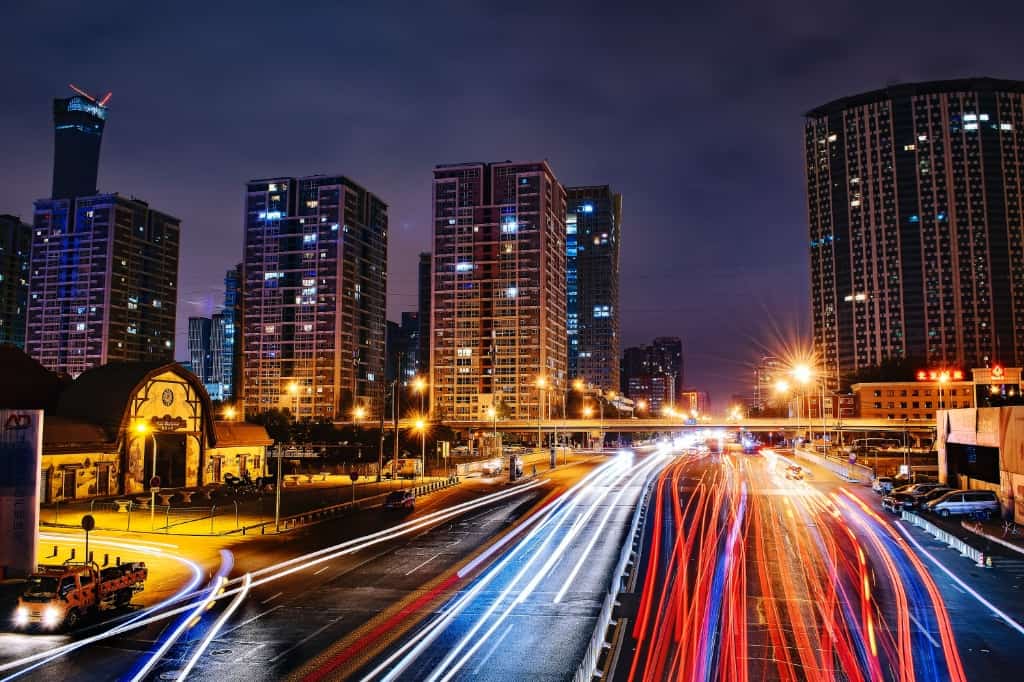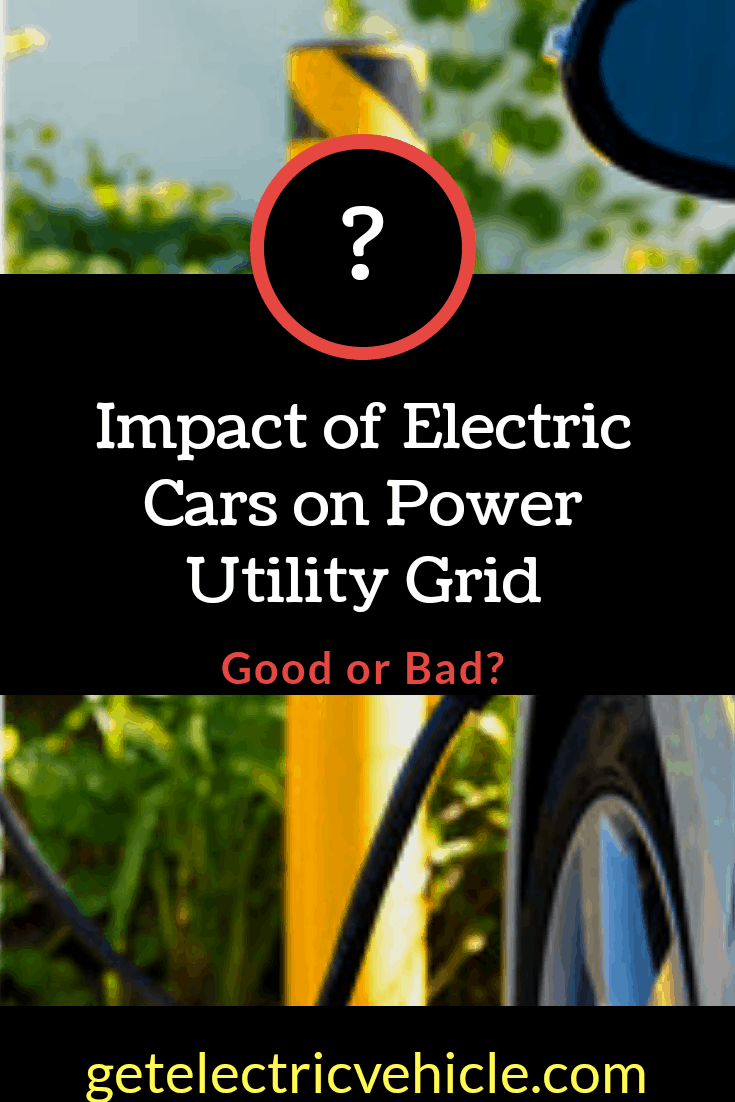
The number of Electric vehicles is increasing day by day in the automotive industry. The power utility grid supplies the battery of the electric vehicles through the charging stations. The expected boom in the number of EVs would considerably affect the power utility grid. How would be the impact of EV on the power grid?
EV Charging – Blog Series
This blog is third part of EV Charging blog series. Please navigate to other parts of the series here
Electric vehicle battery charges with the help of different types of chargers. A charger converts electric energy to DC and charges the battery in an electric vehicle.
An electric vehicle with a unidirectional charging capability would act as a load in the power system. They are directly connected to the power utility grid and draws power to charge the battery of electric cars and other EVs.
Electric Vehicles are comparatively large loads that connected to the power grid when they are being charged. Do you know how big an electric car battery load is?
If an electric car with a 60 kWh battery charges 80% in 6 hours, then it consumes 8 kWh/hour. Note that a typical household consumes less than 5 kWh per day!
Imagine how much would be the load if a large number of electric cars are connected to the grid for charging. It considerably increases the load on the grid.
Impact of EV on power grid during peak hours
Electric vehicles come home during the evening and connect to a power socket for charging. As we explained in the above session an electric vehicle consumes relatively large energy while charging. So a group of electric cars in and around a transformer add more load to it.
What is the peak load time?

See typical load curve of a household. Power demand from 19:00 to 23:00 is much higher than the rest of the time. An electric vehicle that connects to the power utility grid results shoot up the peak demand further.
An increase in the load in peak time decreases the load factor of the grid. The load factor is the ratio of average load to maximum load in the power system at a specific time.
A high load factor indicates relatively constant power usage and a low load factor shows a system with occasional high loads. The utility must have the capacity to serve the peak load and that stays unutilized the rest of the time.
Electric vehicles connected to the grid for charging during peak hours worsen the situation. Power utility grid suffers to meet the demand.
Have you ever experienced or heard about problems in power utility grid due to electric cars?
How does peak demand affect the power utility grid?
At peak demand time, the current in the power line increases. It results in increased Losses in the transformer and transmission line. As a result, the Voltage drop in the transmission line increases. Total network voltage drops in peak hour. It decreases the Power factor and power quality.
Finally, it results in high active power demand in generating stations. Power utility grids suffer to meet high power demand that arises only during peak hours.
Electric vehicle charging at peak hours considerably increases the load in the power utility grid. It’s a large burden on utilities to keep their power generating capacity idle for low demand and start during high demand.
As a result of uncontrolled EV charging distribution transformers get overloaded. Overload in the transformer causes thermal losses and reduction of life of components.
Finally power quality would be affected by electric vehicle charging.
Congestion in power lines due to Electric Car Charging
An area where the number of electric vehicles is more would increase localized power demand. Power transmission lines experience large stress to transmit power to that area.
We have seen the effects of electric car home charging on the power utility grid. Other types of charging facilities also trouble the power grid.
How would public charging stations impact on power utility grid?
This would also be an inconsistent load on the grid. Electric vehicles are high loads connected to the grid during charging. If 5 vehicles connected together to the charging station, obviously demand from the grid goes high.

What if they are not connected? The load would be less. Generation of electricity would not be scheduled consistently in this situation. Impact of EV on a power grid would be more negative if the vehicle is charging at peak hours.
Do electric cars only adversely affect power utility grid?
No, electric vehicles can do something to strengthen the grid if the charging is well managed.
Load balancing using an electric vehicle
Impact of EVs on the power grid can be positive as well! Electric cars are large loads connected to the grid. As we have seen in the load curve, electric loads are not uniformly distributed always.
Generation of power is so. And power utility comes across unbalanced power generation and most of the time capacity is kept as reserved.
An electric utility grid can control the power demand from customer imposing time of use tariff. High cost at peak hours and low cost at off-peak hours
Lets think forward.
What if an electric car can supply power to the utility grid?
If an electric vehicle can supply energy to the grid at peak load time instead of drawing energy, the load factor can be reduced. Thus Losses, voltage drop, high stress on generating station and other drawbacks of peak load can be effectively minimized.
Advantages of peak load shaving and load leveling make utility grids to promote scheduled charging of electric vehicles (off-peak hours).
A bidirectional converter to flow energy to and fro vehicle battery is necessary to make peak load shaving possible.
The concept is nothing but Vehicle to Grid (V2G)
You can read more about Vehicle to Grid, Vehicle to Home here.
But who connects a vehicle to the power socket unless to charge one’s electric car?
Incentives are necessary to implement and succeed in V2G technology. An electric car owner who plugs his vehicle to home charging system to get it fully charged by the next morning.
A vehicle doesn’t spend more than 12 hours to get the battery fully charged. So it’s possible to draw energy from the battery during peak hour and charge the battery at off-peak hours.
V2G is possible and might help the utility as well as car owner!
Conclusion
Let’s summarize what we have discussed above. Electric vehicles have an impact on the power utility grid at the time of charging. Uncontrolled charging of electric cars considerably affects the quality of the power utility grid.
A well managed bidirectional charging of electric vehicle can reduce the negative impact of EV on the power grid. It is needful in a grid as the numbers of electric cars increase.
Impact of EV on the power grid would turn to stabilize the power system. An electric car charging that scheduled in such a way to support the grid during peak hours as a micro-generator and as load in off-peak hours really helpful for the utility grid.
Would you ready to have V2G connection on your EV?
What do you think of impacts of electric vehicles on power grid?
Next post : Vehicle to Vehicle (V2V) charging
